Whether you need lentils for a salad or a bake, we’ve got you covered with 9 types of lentils and everything you need to know about lentils.
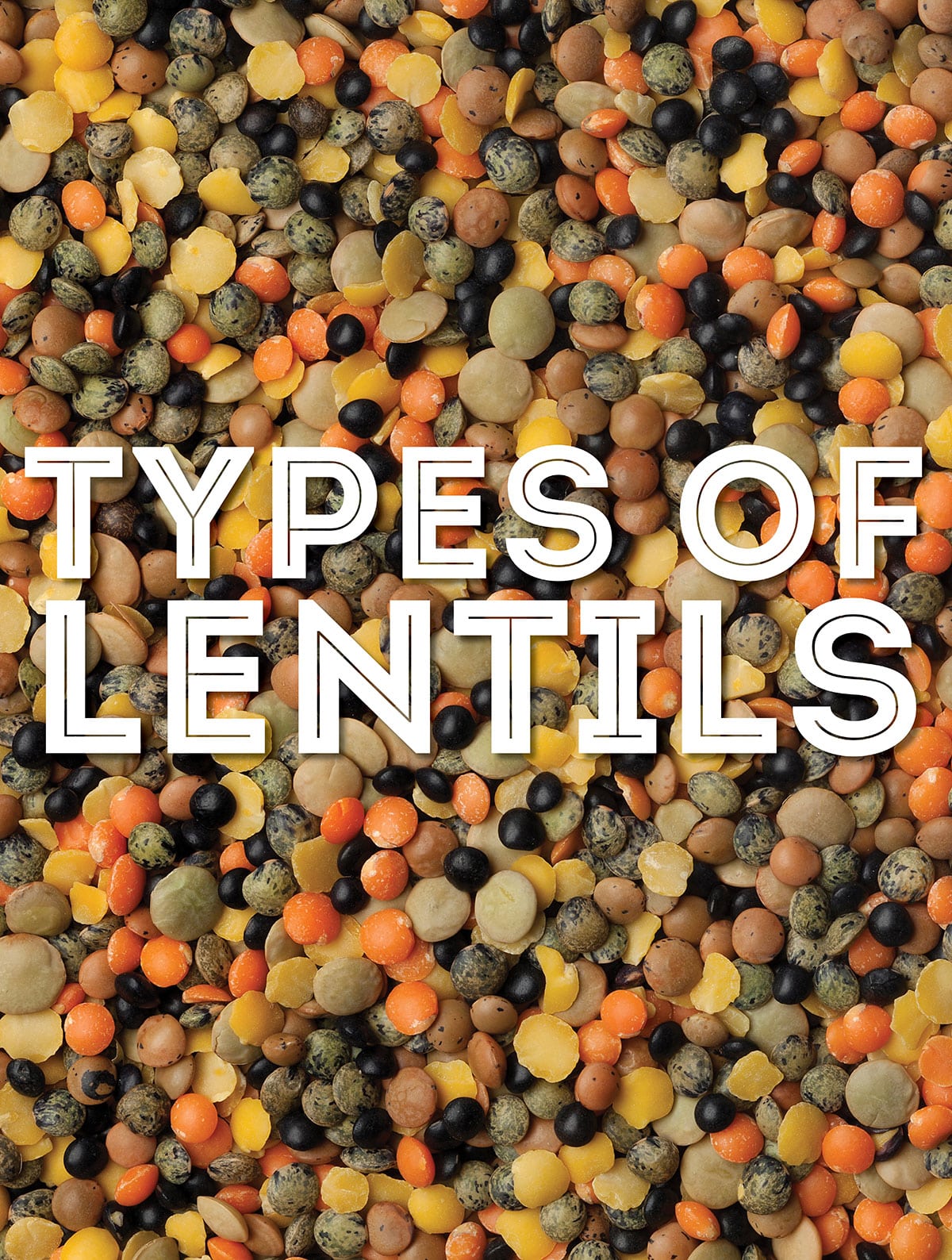
Lentils are a common ingredient throughout the world and that spread across cuisines. Their hardy texture and mild flavor making them a great base to many dishes. But, there are many varieties, so how do you know which one to use?
What Are Lentils?
Lentils are small, lens-shaped legumes that come in various colors, primarily green, brown, red, yellow, and black. They are known for their quick cooking time compared to other legumes, making them a convenient and nutritious choice for home cooks (👉 see how to cook lentils).
Are Lentils Beans?
Lentils are not beans. Lentils and Beans are both legumes and share some similarities in terms of their nutritional content and culinary uses, but they are of different botanical families and have distinct characteristics. Lentils are small, lens-shaped seeds that come in various colors, including brown, green, red, and black, and they cook relatively quickly compared to many types of beans.
Beans, on the other hand, can be larger and have different shapes and colors, depending on the variety. So, while lentils and beans are both part of the legume family, they are not the same, and they are botanically distinct from each other.
Lentils Flavor
Lentils have an earthy, nutty flavor and are a staple ingredient in many cuisines around the world. The flavor of lentils is subtle yet distinctive, making them a versatile addition to a wide range of dishes.
When cooked, lentils have a tender yet slightly firm texture, offering a pleasant contrast to soups, stews, salads, and side dishes. As we will discuss, there are differences in firmness, flavor, and texture among the various types of lentils which affects the best culinary uses of each type.
Lentil Origin and Growing Regions
Lentils have a long history, dating back thousands of years with origins in the Middle East and Mediterranean regions. They are believed to have been one of the first crops cultivated by humans.
Today, lentils are grown in many countries, with the leading producers including Canada, India, Turkey, and the United States. Lentils thrive in well-drained soil and are known for their adaptability to different growing conditions, making them an important crop in many agricultural systems worldwide. Their popularity as a nutritious and sustainable source of plant-based protein continues to grow, contributing to their widespread cultivation and consumption globally.
Canada, in particular, is a significant global producer and exporter of lentils, with Saskatchewan being one of the major lentil-producing regions. India is also a major producer and consumer of lentils due to their prominence in Indian cuisine. Within the USA the four main growing states are Washington, Idaho, Montana, and North Dakota.
Types of Lentils
- Black or Beluga Lentils
- Brown Lentils
- French Lentils
- Green Lentils
- Petite Lentils (Crimson, Golden & Green)
- Puy Lentils
- Red Lentils
- Yellow Lentils
- Canned Lentils
Black or Beluga Lentils
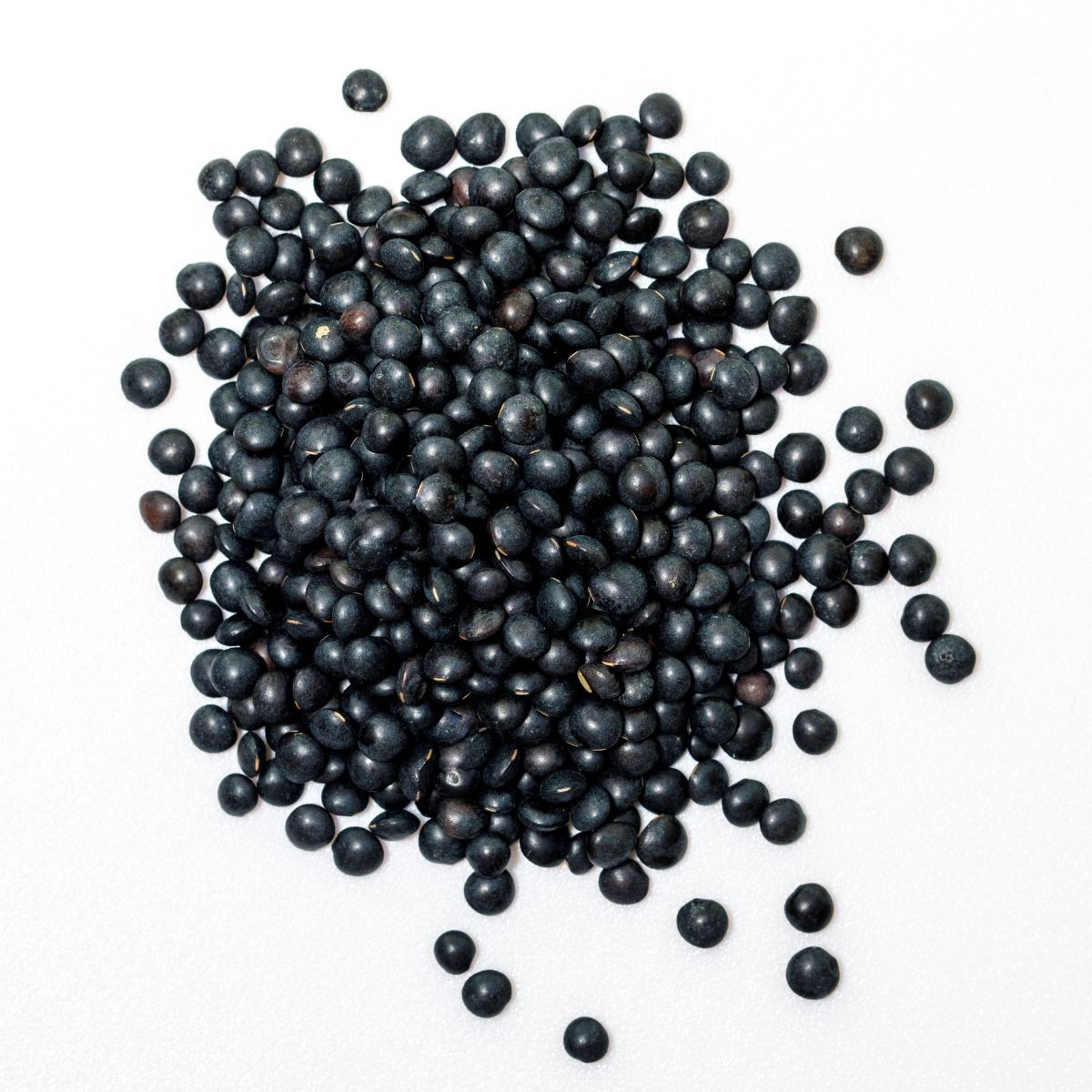
Black Lentil Description and Flavor: These are also known as Beluga lentils due to their resemblance to Beluga caviar. They are a small, dark variety of lentils known for their rich, earthy flavor and firm texture. Black lentils are typically about ⅓ the size of other lentils which come in brown, green, red, and yellow colors.
Black Lentil Uses: Their firmness makes them ideal for salads, soups, and side dishes, as they maintain their shape and provide a satisfying bite after cooking. This characteristic sets them apart from red or yellow lentils, which tend to become softer and more creamy when cooked. Black lentils can be commonly found in both Asian and North African cuisines, but are also used in many other forms of cooking. These lentils are a favorite among chefs and home cooks alike for their versatility and ability to hold their shape when cooked. Try them in this Madras Lentil Recipe (a copycat of those Tasty Bite lentil pouches everyone loves!)
Brown Lentils
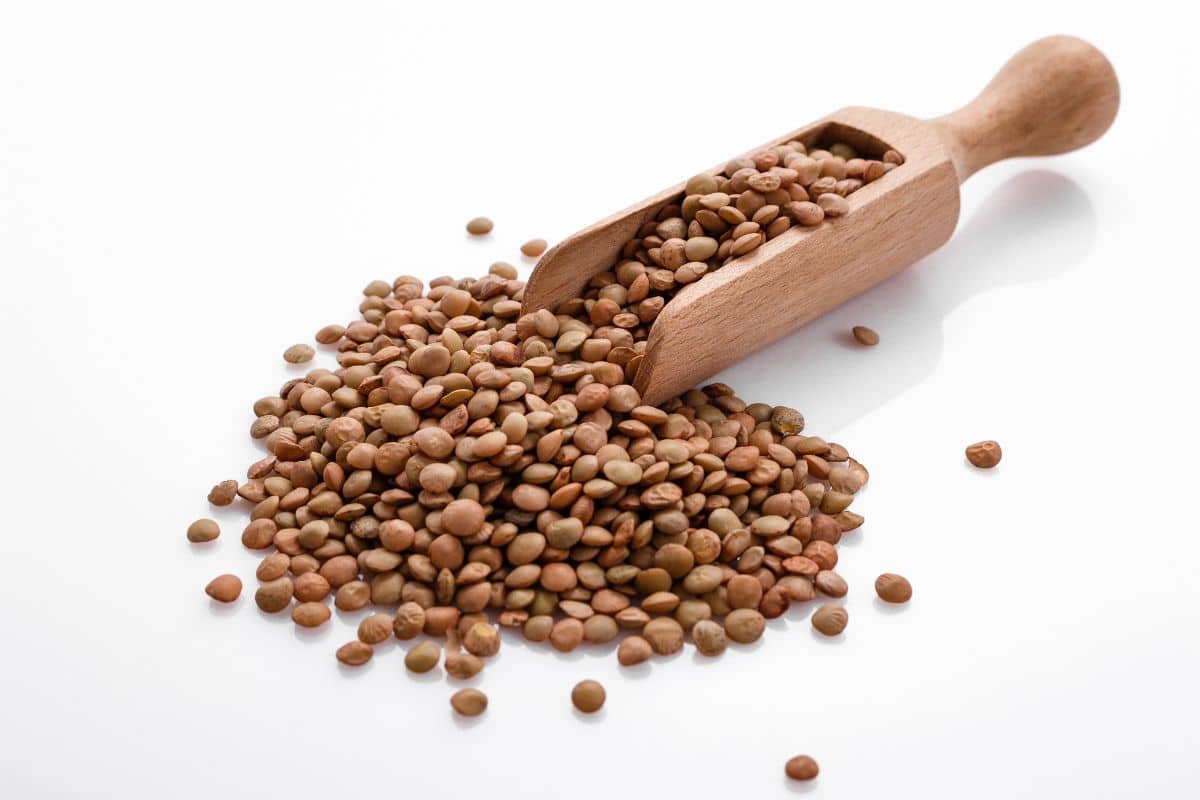
Brown Lentil Description and Flavor: These are the most common type of lentils and are often simply labeled as “lentils.” Brown lentils are generally tan or brownish-green in color and have a mild, earthy flavor, but their taste is not as robust as some other lentil varieties. This allows them to easily absorb the flavors of the seasonings and ingredients they are cooked with.
Brown Lentil Uses: They hold their shape when cooked, and can be used in salads, lentil soup, curries, and many vegan and vegetarian recipes. Try them in this Lentil Chili recipe!
French Lentils
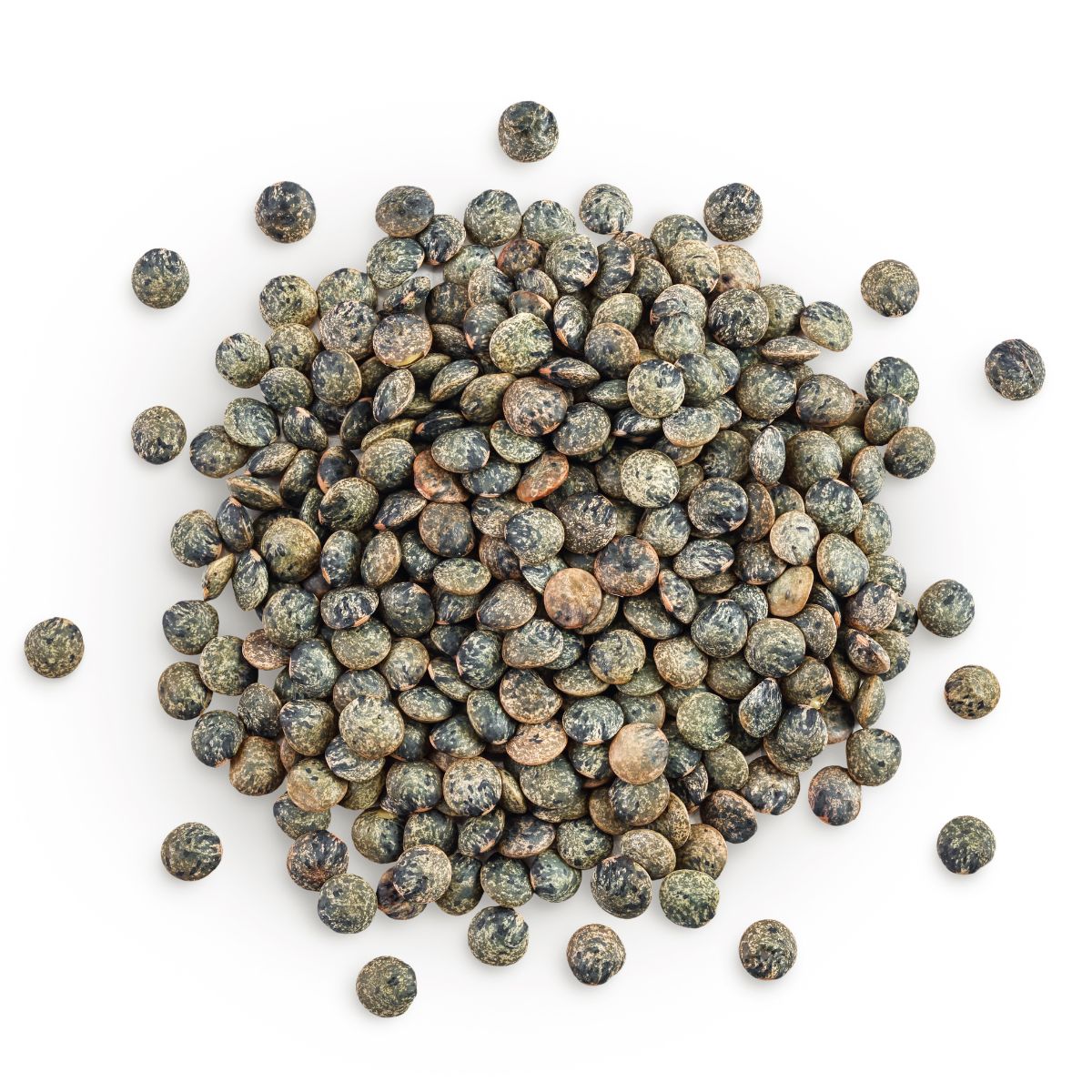
French Lentil Description and Flavor: French lentils are a variant of green lentils. They have a distinctive speckled appearance with dark green or blackish-blue hues, and are a bit smaller, rounder, and flatter than other lentils. Unlike yellow or red lentils, they hold their shape well when cooked. French lentils are known for their robust, earthy flavor with a slight peppery or nutty undertone, and are more intense compared to other lentil types.
French Lentil Uses: They are good on salads since they hold their shape well. They are also a good choice for soups or veggie burgers for the same reason. They don’t turn to mush when cooked. You can serve them as a side dish alongside roasted vegetables or grilled meats. Their distinct flavor complements a variety of main courses. In short, French lentils are often considered superior for dishes in which you want lentils to retain their texture, and their unique taste can elevate the overall flavor of a dish.
Green Lentils
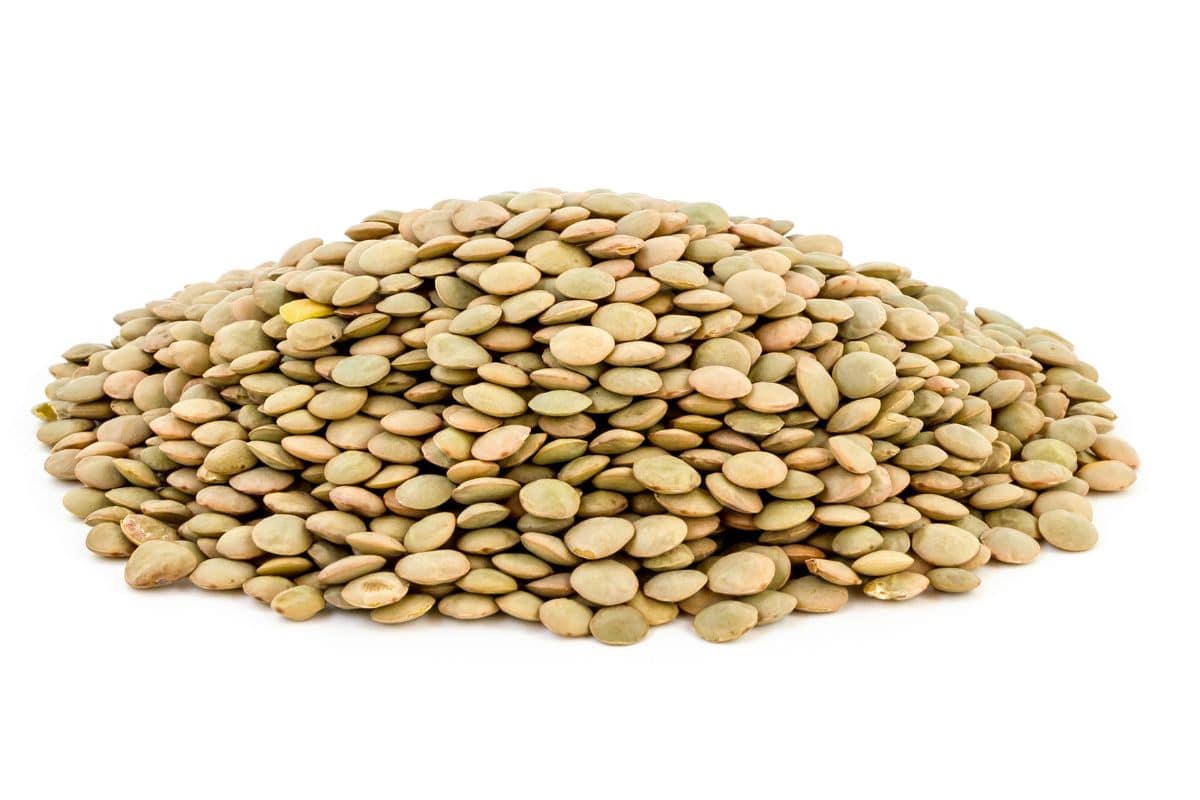
Green Lentil Description and Flavor: These are typically a dark green or grayish-green color. Green lentils have a slightly peppery and earthy flavor with a hint of nuttiness. Their flavor is robust and stands out in most cooking. Unlike red lentils, which tend to disintegrate when cooked, green lentils retain their shape and firmness. Green lentils take slightly longer to cook than red lentils but cook faster than brown lentils.
Green Lentil Uses: Green lentils are often used in salads because they hold their shape well and have a pleasant texture. They also work well in soups and stews in which you don’t want them to break down and add creaminess, but instead want them to remain whole. Green lentils are often used as a side dish, seasoned with herbs, spices, and a drizzle of olive oil for a simple and nutritious accompaniment to main courses. They are also a good option for veggie burgers due to their firm texture and ability to bind ingredients. Green lentils can be used to make a lentil pilaf by cooking them with rice, aromatic spices, and vegetables.
Petite Lentils (Crimson, Golden & Green)
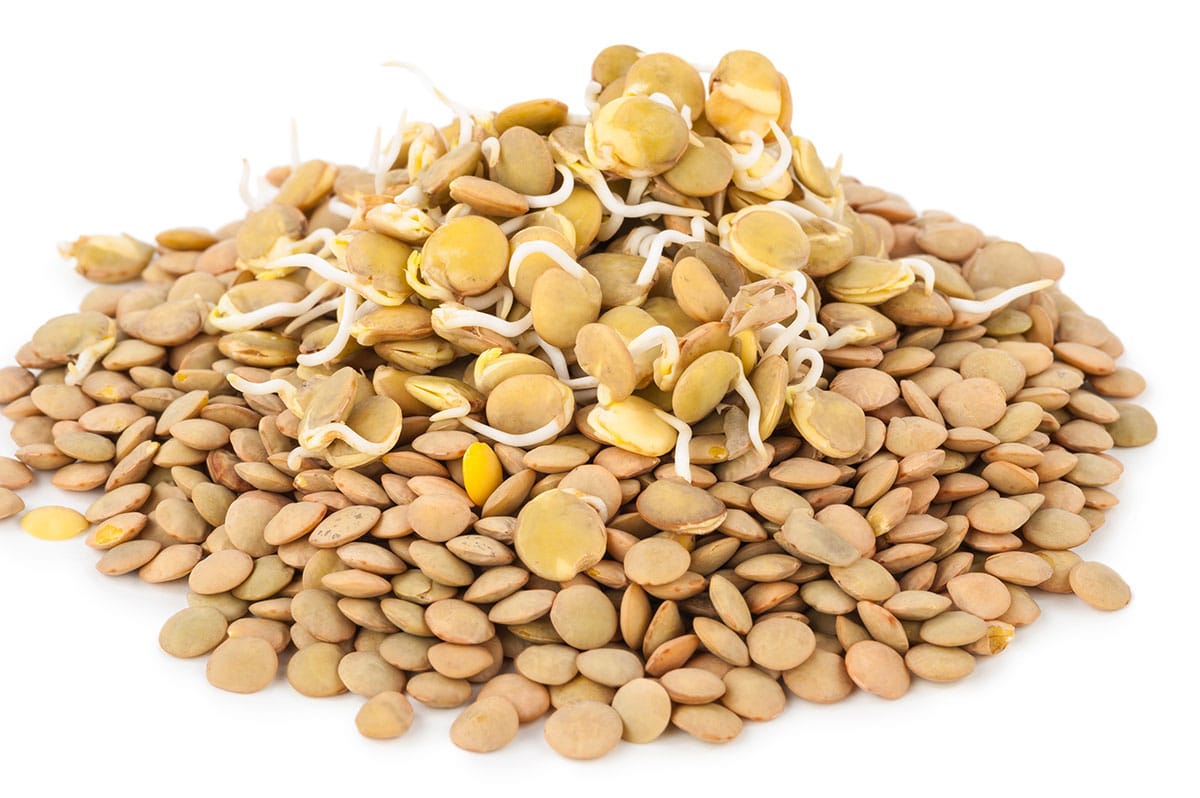
Petite Lentil Description and Flavor: Petite lentils are smaller and denser than most other lentils, giving them a firmer texture after cooking. Their robust and peppery flavor sets them apart from the milder taste of other lentils like red or brown lentils. They are typically about one-third of an inch in diameter.
Petite Lentil Uses: Many chefs prefer petite lentils for both their pronounced taste and their ability to maintain their shape and firm texture after cooking. They work exceptionally well in cold salads. Their earthy flavor adds depth to a bowl of greens. They can be added to soups and stews, contributing both flavor and texture. They hold up nicely during longer cooking time.
Due to their high protein content, petite lentils are often used as a meat substitute in vegetarian and vegan recipes, such as lentil burgers or meatless meatballs. There are even recipes for using them in bread and pastry recipes.
Puy Lentils
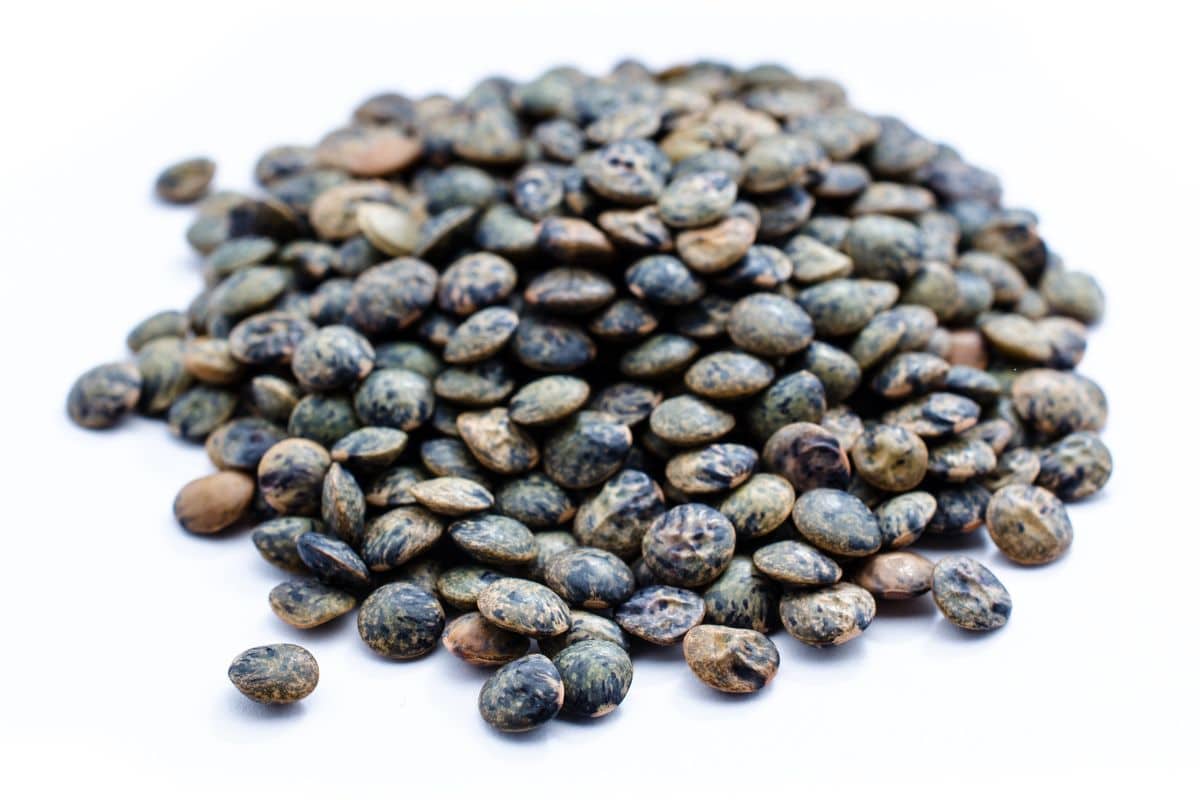
Puy Lentil Description and Flavor: Also known as Le Puy Lentils, these are a variant of green lentils specifically grown in the Puy region of France. They are largely the same as French lentils, except that the region they grow in is known for its volcanic soil making the taste slightly different. They have a deep, slate-green or bluish-gray color and are small and round with a firm texture.
Puy Lentil Uses: As a lentil that holds its shape well, they are good in soups and salads, or any of the other uses we listed under French lentils.
Red Lentils
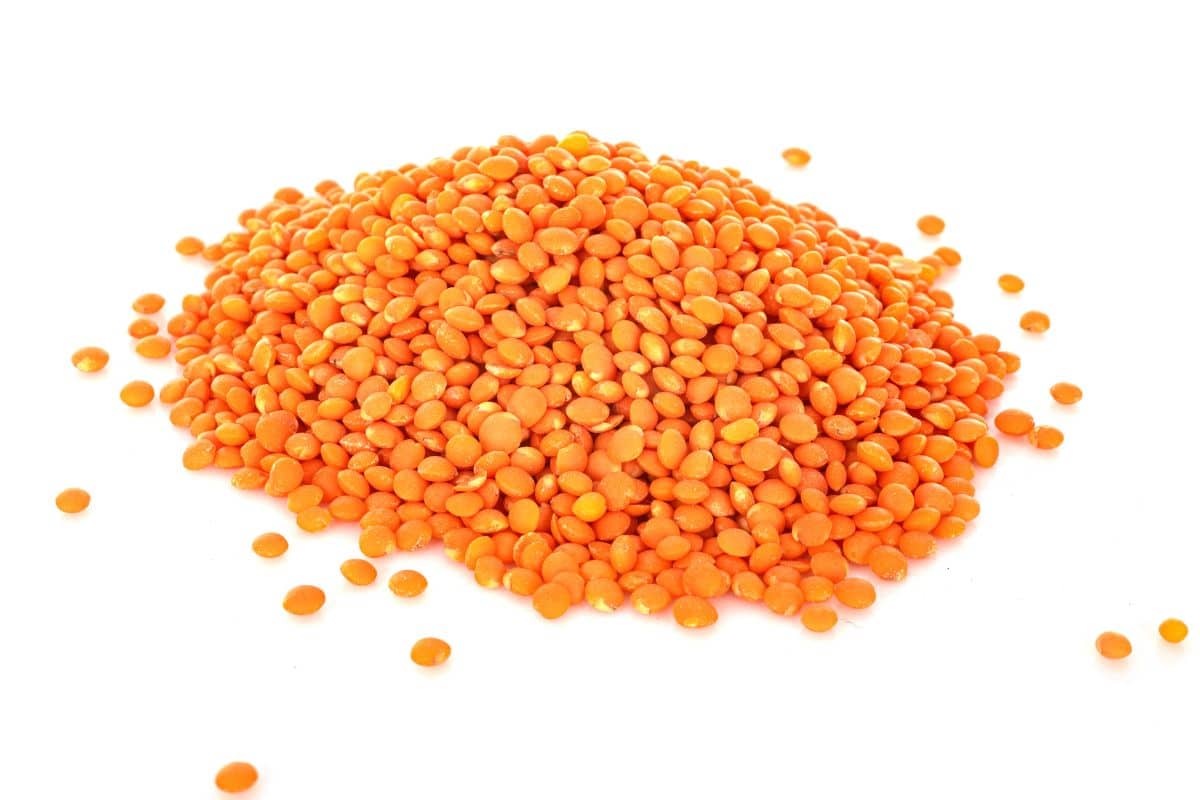
Red Lentil Description and Flavor: Red lentils, also known as coral or Egyptian lentils, are known for their vibrant reddish-orange color and unique culinary qualities. They are often sold with their outer seed coat removed, which means they cook relatively quickly compared to other lentil varieties. Red lentils have a mild, earthy flavor with a slightly sweet undertone. They are not as peppery or earthy as green or brown lentils.
Red Lentil Uses: Red lentil’s quick cooking time makes them a convenient choice for busy cooks. They tend to break down and become creamy when cooked, which makes them excellent for thickening soups, stews, curries, and dishes in which a creamy consistency is the goal. They are also commonly used to prepare traditional Middle Eastern and Indian dishes such as dals.
Yellow Lentils
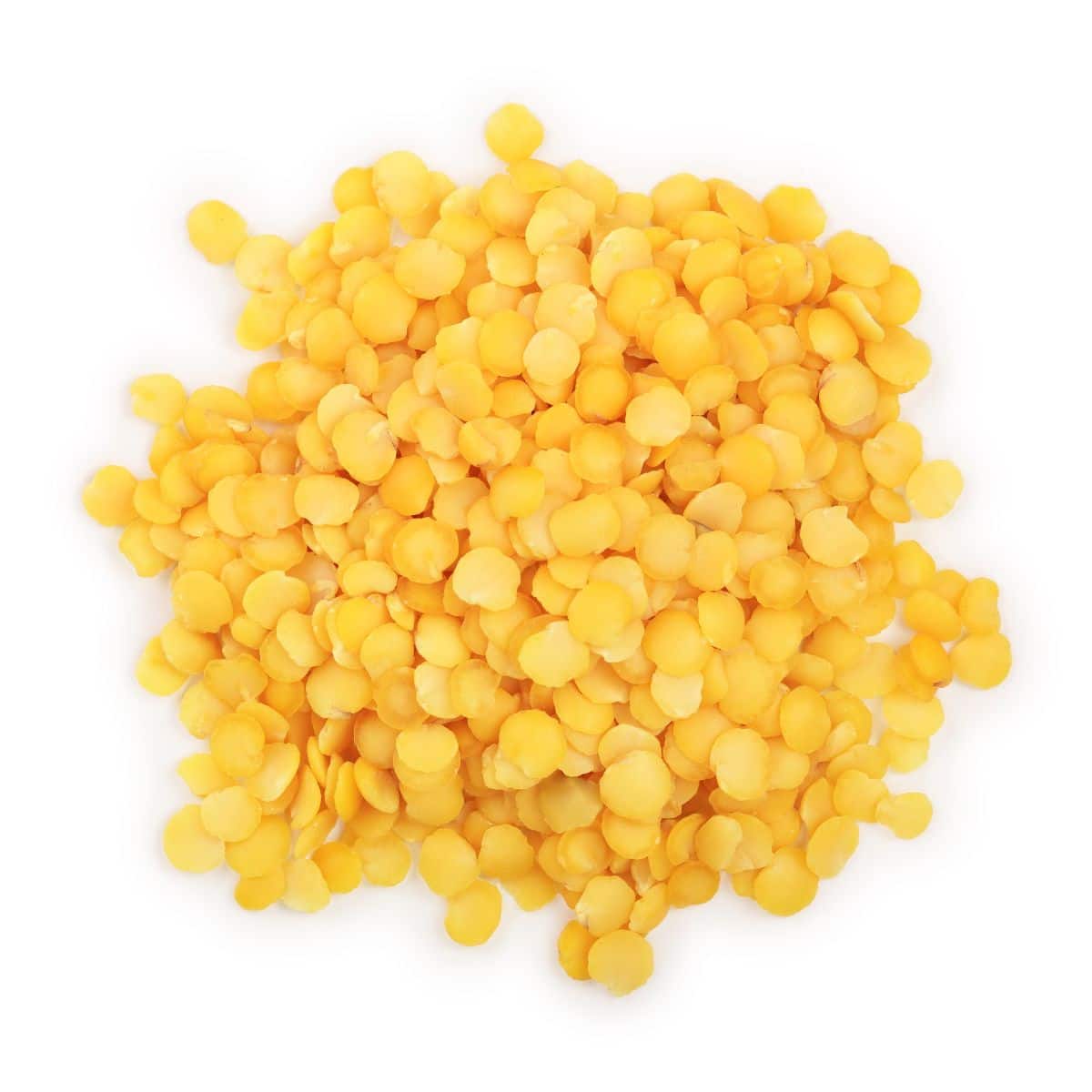
Yellow Lentil Description and Flavor: Yellow lentils, also known as split yellow lentils or moong dal, are small, flat, and oval-shaped legumes with a bright yellow color. They are typically split and hulled, which means the outer greenish-brown skin is removed, leaving the soft, yellow interior which they tend to maintain (the color) when cooked. This split variety cooks faster than whole lentils and has a smooth texture. Yellow lentils have a mild, slightly sweet flavor with a subtle nuttiness. They are not as earthy or peppery as some other lentil varieties.
Yellow Lentil Uses: Yellow lentils are often a preferred choice for dishes where a mild lentil taste is desired. They are a primary ingredient in many Indian dal dishes, where they are cooked into a flavorful, creamy stew-like consistency with spices like turmeric, cumin, and coriander. It’s often served with rice or flatbreads like naan. Yellow lentils can be used to thicken and add protein to soups and curries. They break down during cooking, creating a creamy texture that works well in lentil soups and pureed vegetable soups.
Canned Lentils
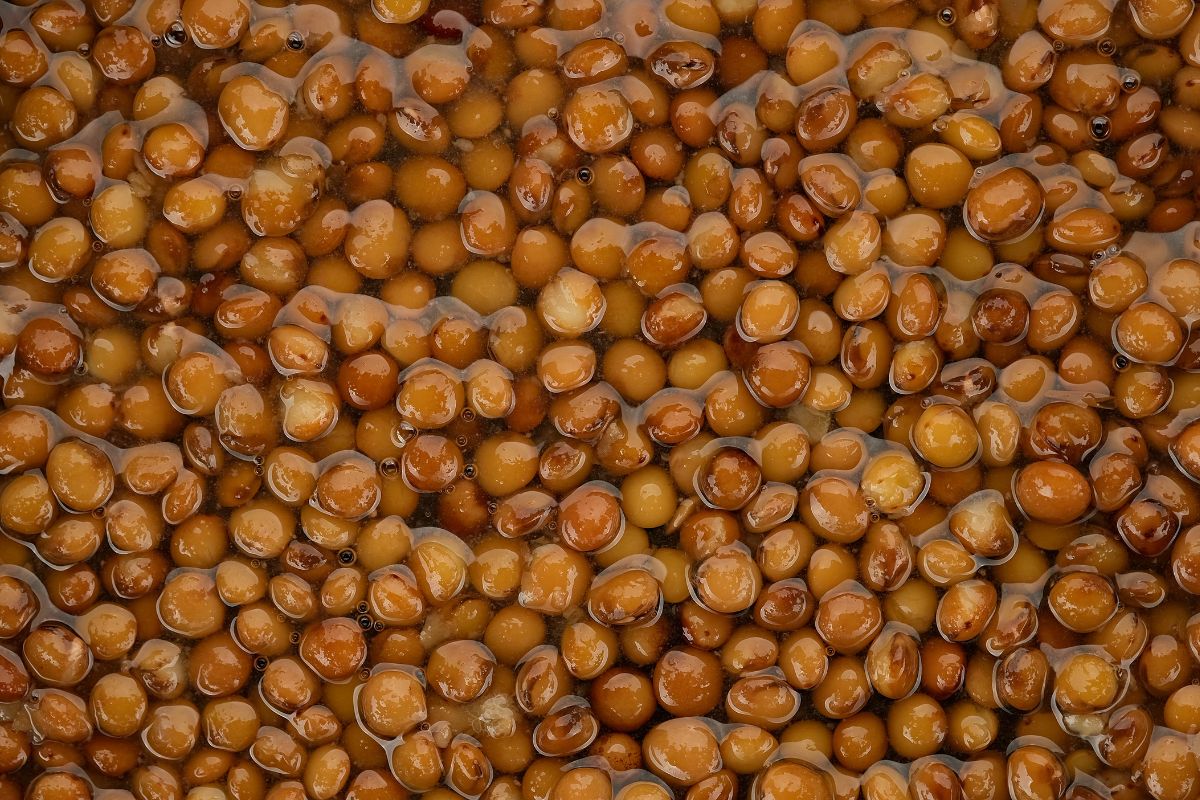
Canned lentils are a convenient and versatile ingredient that can be a valuable addition to your pantry as you have precooked lentils ready to go when you need them.
Texture and Flavor of Canned Lentils: They have a milder and somewhat softer flavor compared to dry lentils. They tend to be a bit more tender and less earthy or nutty in taste. This is because they are precooked and often come in a liquid (usually water or a mild broth) that can dilute their flavor. The flavor can vary slightly depending on the brand.
Advantages of Canned Lentils
Convenience: Canned lentils are pre-cooked, which saves you a significant amount of cooking time. They are ready to use straight from the can.
Consistency: Canned lentils have a consistent texture and tend to hold their shape well. This can be useful in dishes where you want a uniform texture.
Disadvantages of Canned Lentils
Cost: Canned lentils are often more expensive than dry lentils on a per-weight basis, which can add up if you use them frequently.
Sodium Content: Canned lentils may contain added salt, which can dramatically raise the overall sodium content of your dishes. To reduce the sodium content, you can rinse them thoroughly before use. You should check the can’s nutrition labels before you buy. There are brands that do not add sodium to their lentils.
Limited Variety: Canned lentils are typically available in a limited range of varieties (e.g., brown or green), while dry lentils offer more options.
Texture: The texture of canned lentils can be slightly softer than desired in some dishes, especially if you’re looking for a firmer texture. You certainly have less control over the texture with canned lentils than you would cooking them yourself.
Note: Lentils do not require soaking which is a decided advantage when you don’t decide until 7pm what to make for dinner.
Lentil Uses
There is a whole wide world of ways to use lentils. Here are just a few (ok, maybe a lot) of ideas!
Soups and Stews: Lentils are a great addition to soups and stews. They add a hearty texture and can absorb the flavors of the broth or seasoning. Lentil soup is a classic example, but you can also incorporate them into vegetable soups and meat stews.
Salads: Lentils work well in salads, both cold and warm. They provide a protein and fiber boost, making salads more filling.
Curries: Lentils are commonly used in Indian cuisine, particularly in dishes like dal. They cook relatively quickly and absorb the flavors of spices and herbs, making them an essential ingredient in many vegetarian and vegan curries.
Burgers and Meatballs: Lentils can be mashed and combined with other ingredients to create vegetarian or vegan burgers and meatballs. They provide a meaty texture and are a great way to add plant-based protein to your diet.
Side Dishes: Lentils can serve as a nutritious side dish. For example, you can cook lentils with onions, garlic, and herbs and serve them alongside roasted vegetables or grilled meats.
Lentil Tacos: Lentils can be seasoned and used as a filling for tacos, burritos, or enchiladas, providing a protein-packed and flavorful alternative to traditional meat fillings.
Lentil Pilaf: Cook lentils with rice and aromatic spices to create a flavorful and nutritious pilaf. This dish is common in Middle Eastern and Mediterranean cuisines.
Lentil Breakfast: Incorporate lentils into your breakfast by adding them to omelets, frittatas, or breakfast burritos. They can add a protein boost and a unique texture to your morning meal.
Lentil Bolognese: Replace or combine lentils with ground meat in your spaghetti sauce to create a hearty and vegetarian-friendly Bolognese sauce.
Lentil Substitutes
The best substitute for lentils is another type of legume, such as peas or beans. We are partial to split peas as a substitute as they have a similar flavor, and their shape and texture are close enough when cooked. Beans also work well as the cooking method is similar as is the texture.
If the substitution you seek is between lentil varieties, we assert that the best substitute for red lentils is another lentil that cooks quickly, but doesn’t hold its shape, like yellow lentils. Conversely the best substitute for brown lentils is probably green lentils as both varieties hold their shape well when cooked making them an easier substitute into a recipe that calls for a firm bean.
Lentil Nutrition Information
There are slight variations in the nutrient content between the different types of lentils. This shows about what is on average in for a 100g (3.5 ounce) serving of cooked lentils:
- Calories: 116
- Fiber: 8g
- Protein: 9g
- Carbs: 20g
- Fat: 0.4g
- Vitamin C: 2% RDA (recommended daily allowance)
- Folate: 45% RDA
- Potassium: 9% RDA
- Iron: 18% RDA
- Sodium: 2mg
Lentils are definitely a nutrient dense food loaded with protein and fiber. The USDA recommends women eat 25g of fiber daily, and asserts that 90% of Americans do not reach this goal. A single serving of lentils covers ⅓ of the daily requirement.
Black lentils provide an additional nutrition boost as they are also a good source of polyphenols, antioxidants important to overall health. What’s more, their deep black color comes from the presence of anthocyanin, an antioxidant found in other blue or black fruit and vegetables.
A word of caution, if you buy canned lentils they may be significantly higher in sodium as it is added to many, but not all, canned lentils as a preservative and taste enhancer. The USDA states that most Americans consume too much sodium.
Lentils in Vegan or Vegetarian Diets
Lentils are definitely a great choice for vegan and vegetarian diets. Their high protein content augments these diets in an area that is sometimes lacking, and they are easy to work into a variety of cuisines as we showed above.
Are Lentils Keto?
Black, or beluga lentils are not very keto friendly. According to the USDA a 100g serving contains 12g of net carbs. Net carbs is total carbs (20g) minus fiber (8g). You could work a small amount of beans into a keto or other low carb diet, but not many. The carb allowance on these diets tends to be quite low (25-50g daily), and lentils would take a big hunk of that. Conversely, a challenge for people on keto diets is eating enough fiber due to the high fat content of the diet. A small amount of lentils would be a good way to increase fiber intake if the carb load can be fitted into the daily carb allowance.
Are Lentils Gluten-Free?
Yes, they absolutely are. There is no issue with lentils if you have a gluten intolerance.
Storing Lentils
Store dry lentils in your pantry for up to 2-3 years. Once cooked, refrigerate them in an airtight container for up to 5-7 days. Canned lentils generally stay good in your pantry for about a year. Check the best by date on the cans. And finally, can you freeze cooked lentils? Sure. Put them in an airtight container, preferably a ziploc style bag in which you can press the air out, and store them in the freezer for up to 3 months.
This wraps up our look at different types of lentils. We hope you found something here you can use in your kitchen, and as always happy cooking from your friends at Live Eat Learn.
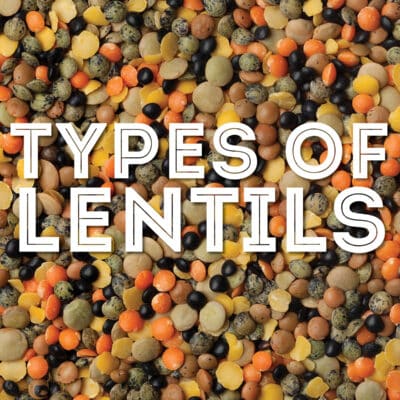
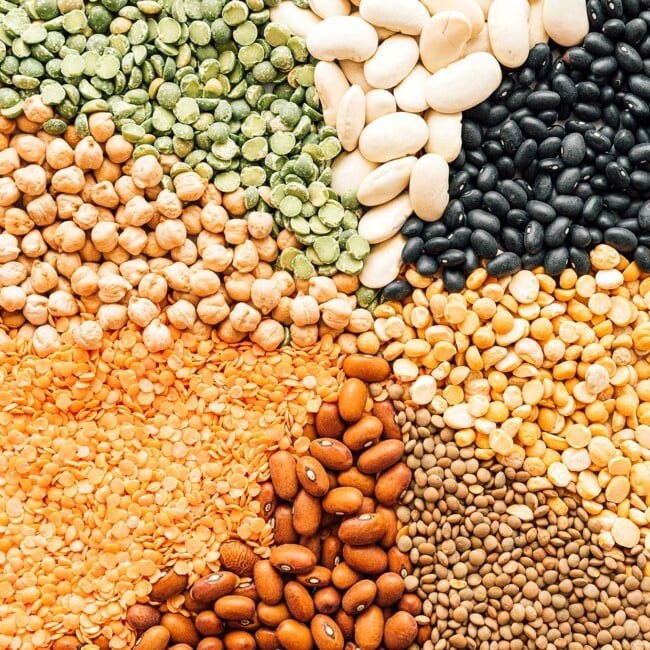
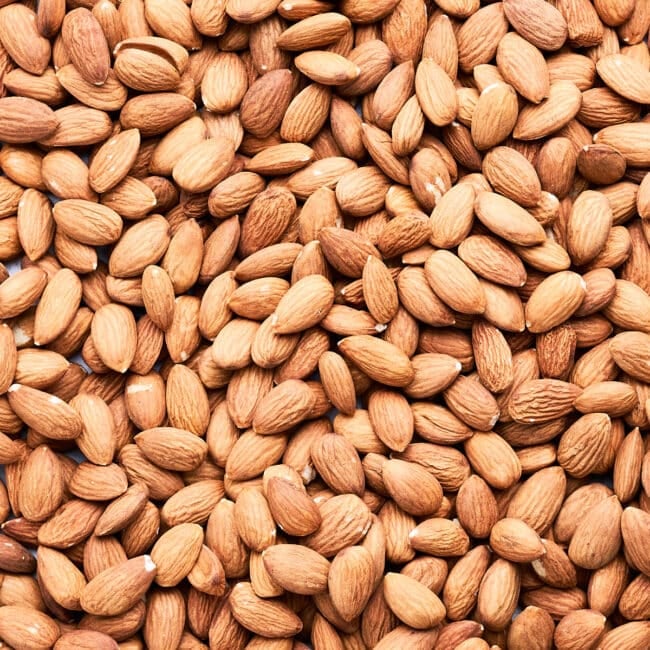
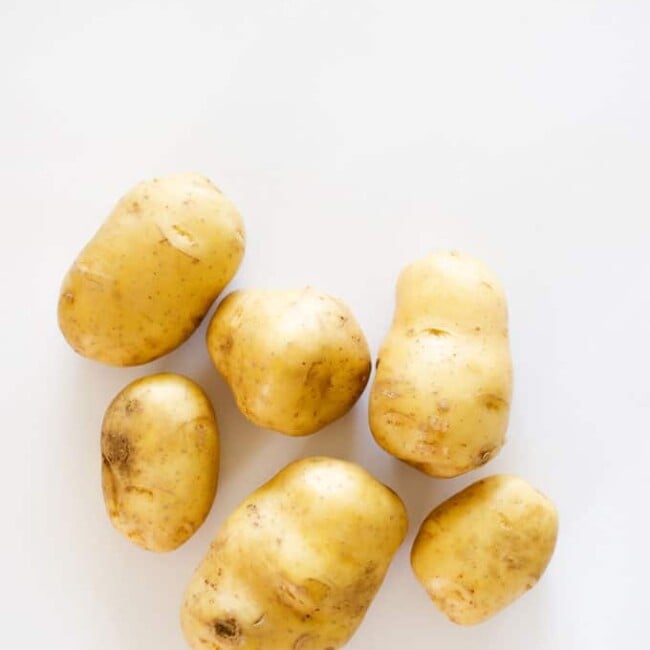
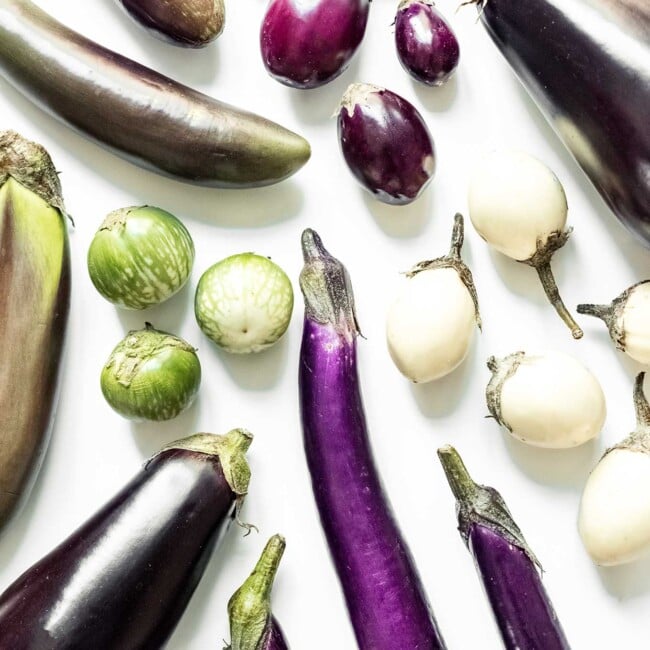
Margaret says
Excellent. Very helpful, great nutritional information. Well researched. First class professional presentation. Expert advice. What more can I say – Congratulations.
Sarah Bond says
Happy to hear this was helpful, Margaret!